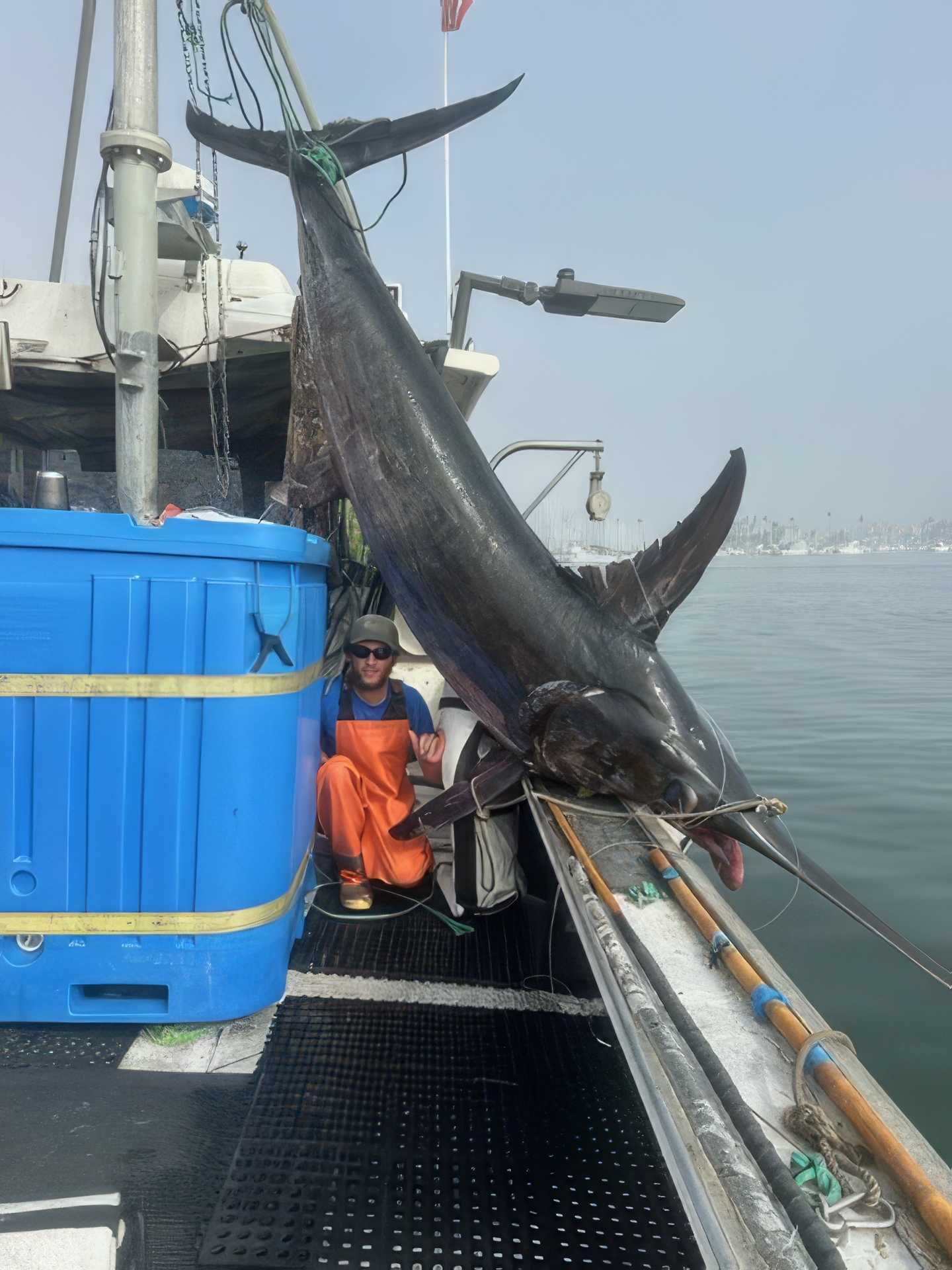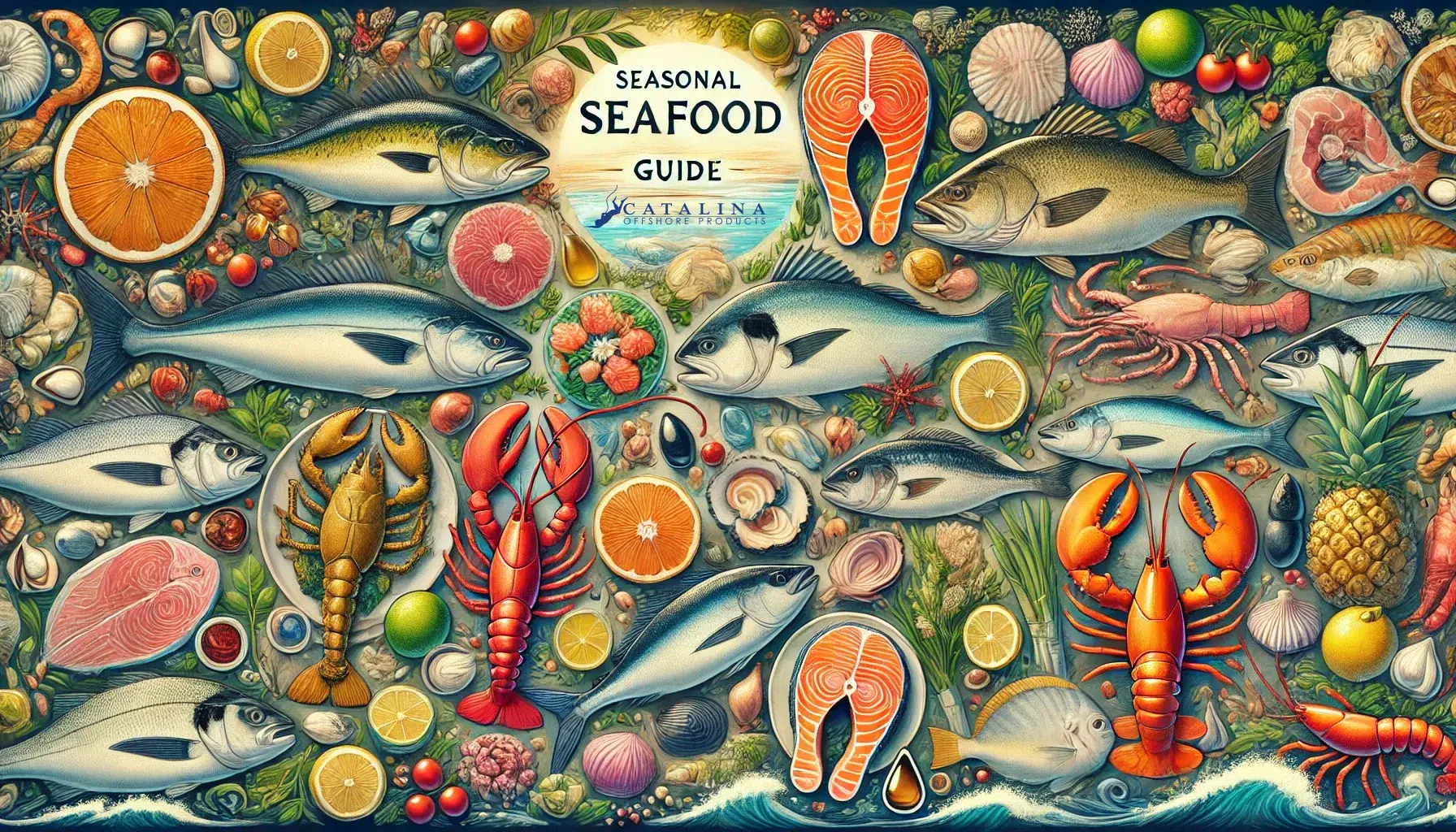
Savor the Sea: How to Make Mussels In White Wine Garlic Delight
Picture this: the sun dips below the horizon, casting a golden glow across the ocean while you sit at a seaside bistro, savoring each exquisite
FREE Overnight Shipping on orders over $300 ($200 in CA. Some suburbs are not included).
By Rebecca Gardon
 The king of tuna sashimi, Pacific bluefin (Thunnus orientalis) is finding its way onto “do-not-eat” lists due to the species being overfished on a global scale. As a result, the fisheries division of the National Oceanic and Atmospheric Administration (NOAA) recently announced that it’s considering a Federal ban on recreational and commercial fishing of Pacific bluefin tuna. Catalina Offshore Products supports reducing the fishing effort on Pacific bluefin so that stocks can rebound; however, we do not agree that prohibiting all fishing of Pacific bluefin is the best solution!
The king of tuna sashimi, Pacific bluefin (Thunnus orientalis) is finding its way onto “do-not-eat” lists due to the species being overfished on a global scale. As a result, the fisheries division of the National Oceanic and Atmospheric Administration (NOAA) recently announced that it’s considering a Federal ban on recreational and commercial fishing of Pacific bluefin tuna. Catalina Offshore Products supports reducing the fishing effort on Pacific bluefin so that stocks can rebound; however, we do not agree that prohibiting all fishing of Pacific bluefin is the best solution!
Overfishing is not happening in all fisheries
While the species is considered “currently overfished” globally, this is not to say overfishing is occurring in all fisheries. U.S. fisheries are among the most well-managed and sustainable in the world, and overfishing is not occurring in Southern California and Mexico. In fact, on July 14 Mexico took a positive step to prevent overfishing by closing its bluefin season after reaching its annual quota. (Read more about the difference between overfished and overfishing here.)
Catalina Offshore Products chooses sources carefully
Catalina Offshore Products does not purchase Mediterranean or Atlantic bluefin tuna since NOAA formally designated these stocks as species of concern. We do not purchase Japanese bluefin either, because Japan has not agreed to set a quota to limit its catch. We continue to purchase Pacific bluefin because the U.S. has been working with the Inter-American Tropical Tuna Commission (IATTC) to rebuild stocks and adheres to strict catch regulations. U.S. fisheries generally harvest a small fraction of the total Pacific-wide bluefin harvest, and represent only two percent of the average annual landings from all fleets fishing in the Eastern Pacific Ocean.
Shutting down U.S. fisheries would lead to more abuse elsewhere
If the U.S. were to further reduce its current quota on Pacific bluefin, the species would undoubtedly rebound. However a full shutdown of the U.S. bluefin fishery will not alleviate global issues as neither Japan nor Korea adhere to catch limits. Further, a complete Federal ban on Pacific tuna fishing will eliminate jobs, harm our economy, and cause our country to rely more heavily on foreign imports from less responsible fisheries in order to supply demand for bluefin, particularly from the sushi industry.
Tasty alternatives
We recognize that our chefs and consumers always have a choice. If you’ve taken wild Pacific bluefin tuna off your menu, you’re likely seeking some alternatives. Our farmed bluefin from Baja California alleviates pressure on wild stock by fattening juveniles for up to two years in the sea ranch. This method allows more bluefin to go to market with less tonnage of wild fish being caught by sport or commercial boats.
Our wild tuna options include U.S. Pacific yellowfin and bigeye tuna. Both known as ‘ahi’ in Hawaii, these species boast a clean flavor and bright red meat that’s perfect for ahi sushi and sashimi (maguro). They are also fantastic when grilled or seared and stand up to bold seasoning such as blackening spice. West Coast albacore is a good substitute for bluefin belly (toro) due to its high fat content, though its delicate flesh should be handled with care when presenting raw.
Beyond tuna, consider opah or Baja Seas Hiramasa (farmed yellowtail). Similar to tuna, opah’s flesh is rich with good fat content and can be prepared in a variety of ways. A cousin of hamachi (Japanese amberjack), our regional hiramasa provides a bright, clean flavor that’s perfect for all sushi applications or lightly pan searing.
As both our CEO Dave Rudie and Fishmonger Tommy Gomes will tell you, every fish has a story. Some are great, some are good, and some are not so good. Here’s the simplest advice: If you’re comfortable with the story behind a fish, eat that fish. If you’re not comfortable with the story behind a fish, don’t eat it. Lastly, expand your palate! As you do, you’ll find there really are plenty of fish in the sea.

Picture this: the sun dips below the horizon, casting a golden glow across the ocean while you sit at a seaside bistro, savoring each exquisite

The Conservation Benefits of Deep-Set Fishing At Catalina Offshore Products, sustainability isn’t just a buzzword—it’s a commitment. As a small family-owned company, we pride ourselves

As we journey through the latter half of the year, each month presents us with an array of fresh seafood delights. From the vibrant flavors of summer to the comforting dishes of winter, choosing and preparing the perfect fish or shellfish can truly elevate your meals. Here’s your comprehensive guide to selecting and cooking the best seasonal seafood from August to December.

Savor the Sea: How to Make Mussels In White Wine Garlic Delight
Picture this: the sun dips below the horizon, casting a

The Conservation Benefits of Deep-Set Fishing: A Sustainable Seafood Solution
The Conservation Benefits of Deep-Set Fishing At Catalina Offshore Products,

Your Ultimate Seasonal Fish Guide: Savor the Freshest Catches from August to December 2024
As we journey through the latter half of the year, each month presents us with an array of fresh seafood delights. From the vibrant flavors of summer to the comforting dishes of winter, choosing and preparing the perfect fish or shellfish can truly elevate your meals. Here’s your comprehensive guide to selecting and cooking the best seasonal seafood from August to December.